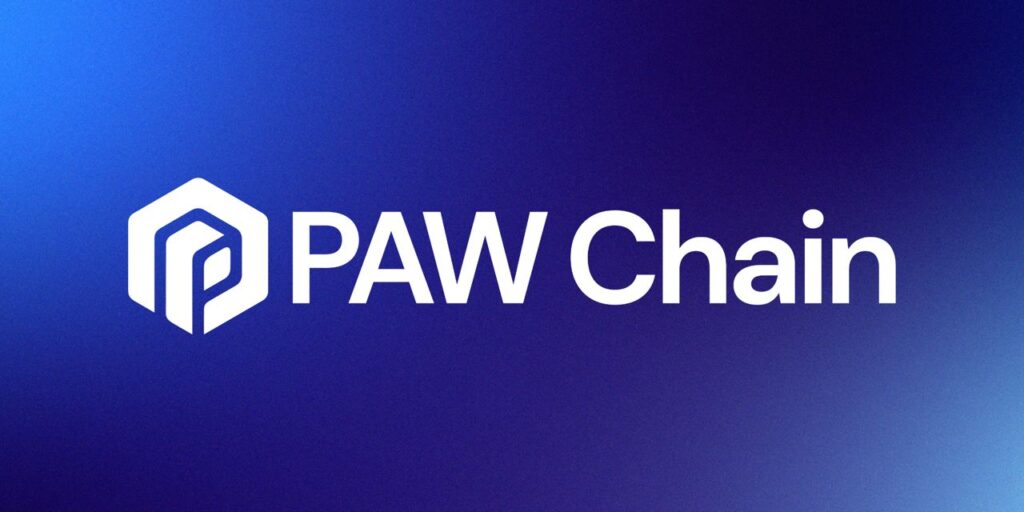Blockchain technology is constantly evolving, with innovations like Layer 2 and Layer 3 blockchains improving scalability, security, and interoperability. While both layers aim to improve upon traditional Layer 1 blockchains like Ethereum, they do so in different ways. Here’s a look at the key differences between Layer 2 and Layer 3 Blockchains and their impact, with a focus on PAW Chain.
Layer 2 Blockchains: Improving Scalability and Speed
Layer 2 solutions build on existing Layer 1 blockchains to improve scalability and transaction speed. They reduce congestion and high fees often seen on Layer 1 networks.
- Off-chain transactions: Layer 2 handles transactions outside the main blockchain, reducing the load on Layer 1. Examples include state channels and rollups.
- Reduced fees: Off-chain transaction processing significantly reduces transaction fees.
- Improved speed: Transactions on Layer 2 are faster because they are not limited by Layer 1 capacity.
Impact on the industry: Layer 2 solutions like Ethereum’s Optimistic Rollups and zk-Rollups have made decentralized finance (DeFi) applications more accessible by reducing costs and increasing transaction speeds. This higher throughput allows more users to interact with the blockchain without high fees.
Layer 3 Blockchains: Specialization and Interoperability
Layer 3 technology goes further than Layer 2 advancements by adding specialization. Layer 3 focuses on building efficient applications with improved interoperability between different blockchain networks.
- Application specific channels: Layer 3 solutions are tailored to specific applications, enabling customized rules, governance, and business models.
- Cross-chain interoperability: Layer 3 enables seamless interaction between different blockchains, enabling data and asset transfers across networks.
- Improved security and scalability: Layer 3 adds another layer of processing, handling complex transactions while maintaining security.
Impact on the industry: Layer 3 blockchains like PAW Chain are changing the blockchain ecosystem by providing a scalable and secure environment for decentralized applications (dApps). They enable projects to reach a wider audience through multi-chain deployments, reduce transaction costs, and provide a more integrated user experience.
PAW Chain: Leading the Layer 3 Revolution
PAW Chain is at the forefront of Layer 3 technology, setting new standards in the blockchain industry.
- Multi-chain interoperability: PAW Chain supports integration with multiple blockchains like Ethereum, BNB, and Polygon, with projects connecting to Solana and Tron. This allows projects to operate on different networks with a single contract address and liquidity pool.
- High speed and scalability: Capable of processing 50,000 transactions per second, PAW Chain ensures fast and efficient transaction processing.
- Enhanced security: PAW Chain uses advanced cryptographic techniques and continuous monitoring to secure transactions and data.
Practical applications and future prospects
The versatility of Layer 3 technology enables various applications beyond DeFi, such as:
- Supply Chain Management: Ensure transparent and efficient tracking of goods.
- Health care : Ensure secure management and sharing of medical records.
- Games : Support for high-speed, real-time interactions in decentralized games.
- Real estate: Simplify real estate transactions with secure property records.
As blockchain technology continues to evolve, Layer 3 solutions like PAW Chain will play a crucial role in defining the future.
For more information, visit the PAW Channel Website or find them on Social networks.
No spam, no lies, only insights. You can unsubscribe at any time.

